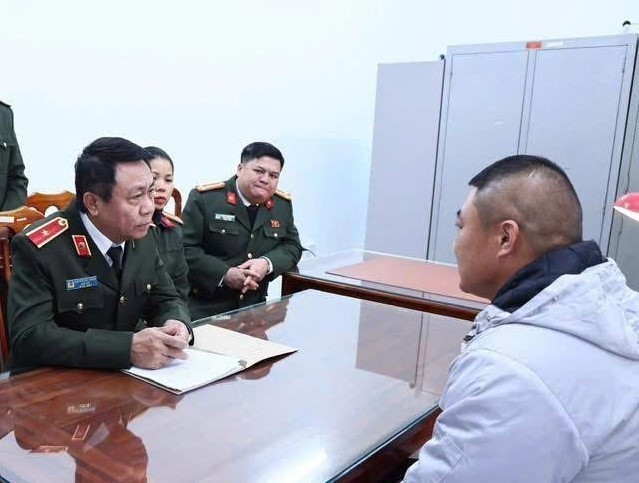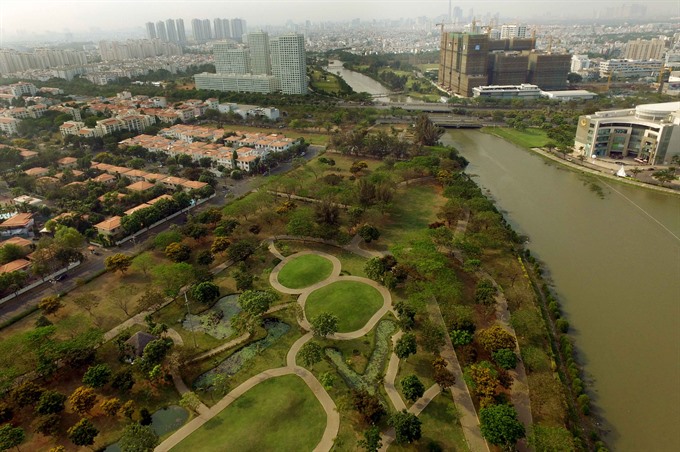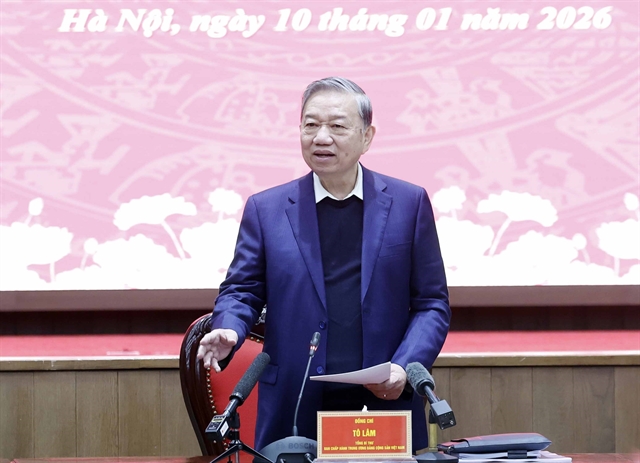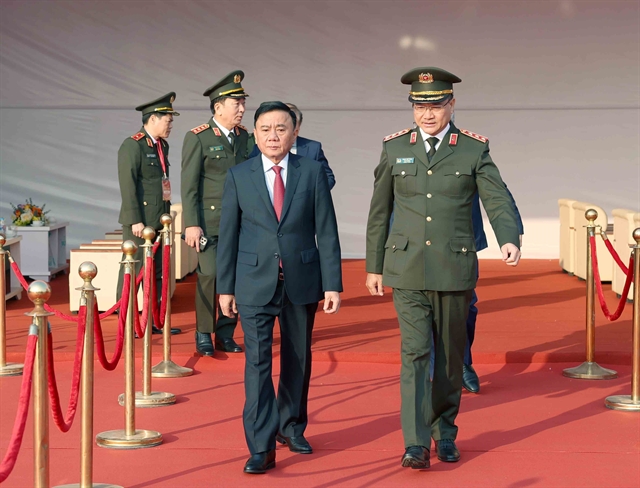 Society
Society

Prime Minister Nguyễn Xuân Phúc has given approval to HCM City to adjust its master plan that will focus on developing a modern, identity-oriented city, attractive urban spaces, and improved quality of life for residents.
 |
| Part of Phú Mỹ Hưng Urban Area in HCM City. From a wild, wasted, marshy land south of the city, this first urban centre has been developed. Its value was recognised when it received the honourable international award as an urban centre with the most outstanding general architecture in Asia selected in 1997 by the American Institute of Architects (AIA). — VNA/VNS Photo An Hiếu |
HCM CITY — Prime Minister Nguyễn Xuân Phúc has given approval to HCM City to adjust its master plan that will focus on developing a modern, identity-oriented city, attractive urban spaces, and improved quality of life for residents.
The PM has directed the city’s People’s Committee to work with agencies to organise a bid to select a consulting unit that will give advice on changes to the master plan.
After nearly eight years of implementing the master plan, the city’s population has increased rapidly to more than 13 million.
The city’s traffic network remains congested and inadequately funded, while a number of new residential projects do not have sufficient connections to the city centre.
Moreover, satellite urban areas are being implemented slowly, including the Northwest Urban Area, and the Hiệp Phước Port urban area has yet to be completed.
The new urban area in the southern part of the city has only developed 30-35 per cent of its planned area.
In addition, technical infrastructure for the Thủ Thiêm New Urban Area is still under construction, while the sea-encroaching tourist urban area in Cần Giờ District remains in an adjustment period.
According to the city’s Department of Planning and Architecture, the city centre area will cover a radius of 15km and be developed in four directions: east, south, northwest and southwest.
The city will continue to develop the central area, covering 930ha, and the Thủ Thiêm New Urban Area, and will also promote new urban areas, focusing on innovative urban areas, and areas along the Sài Gòn River.
A new urban area in the south and another in the northwest of the city surrounded by the Sài Gòn River will also be developed.
In addition, Thanh Đa area surrounded by the Sài Gòn River and the Hiệp Phước Port Urban Area (Nhà Bè District) along the Soài Rạp River will be developed.
Programmes such as flood control and environmental sanitation will continue, as well as the relocation of houses on and along canals.
Trần Vĩnh Tuyến, vice chairman of the city’s People’s Committee, said the city lacked effective long-term planning, and that to attract investors, the adjusted plan must be feasible and promote the strength of the city.
He said that regulations on planning management would be created and that city leaders would have to assume ultimate responsibility for urban planning.
Underground spaces
Nguyễn Thanh Nhã, director of the city’s Department of Architecture and Planning, said the fast pace of urbanisation has led to a limited amount of land, especially in the densely populated central area. The lack of land would require the city to form large-scale underground spaces.
In addition, the development of mass transit routes such as metro lines would require underground connections with underground walking routes.
HCM City plans to set up underground spaces for two key areas, including the existing downtown area of 930ha and the Thủ Thiêm New Urban Area.
Locations where underground spaces could be developed include Tân Cảng, Ba Son, Sài Gòn Port, Hoa Lư Stadium, 23/9 Park, Lê Văn Tám Park, Tao Đàn Park, Bến Thành Market, Tôn Đức Thắng Street and Bạch Đằng Park.
Thủ Thiêm New Urban Area is expected to develop underground space for public parking and underground connections between basements of buildings as well as connections with underground metro stations. — VNS




